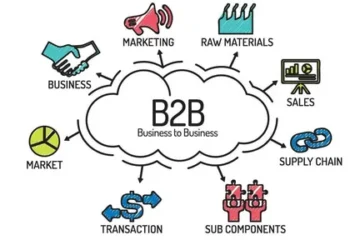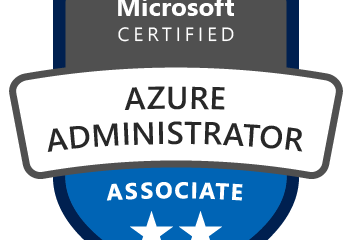The world of work is constantly evolving, and sometimes our dream jobs don’t quite align with the paths we initially take. A recent study by LinkedIn revealed that 46% of professionals consider changing careers in 2024. With careful planning and a strategic approach, you can successfully transition into a fulfilling and rewarding new career.

Here are 10 tips to guide you on your journey.
Self-Discovery: Know Your “Why” Before Your “What”
The foundation of any successful career shift is self-discovery. Before diving headfirst into a new field, take time to reflect on your values, interests, and skills. What are you passionate about? What kind of work environment thrives? What are your transferable skills that can be valuable in a new industry? Identifying your “why” will guide you toward a career shift that aligns with your long-term goals.
Do Extensive Research
Once you have a general idea of the direction you want to move in, it’s time to delve into research mode. Learn everything you can about your target career path.
Network with professionals in the field, research salary expectations, and explore potential career trajectories. Understanding the realities of your desired career will help you make informed decisions and avoid any nasty surprises.
One of the best ways to expand your professional network is by creating digital business cards. Unlike paper business cards, you can share a digital business card online by posting its link or QR code on platforms like LinkedIn. Such functionality makes it super practical for cross-boarder networking and you don’t have to change your schedule to meet the experts in person.
Leverage Your Transferable Skills
You likely possess a wealth of skills and experience from your current or past roles, even if they don’t directly translate to your new target career. Identify your transferable skills, such as communication, problem-solving, or project management.
Highlight these skills on your resume and during interviews, emphasizing how they can be applied to your new desired role. If you have multiple digital business cards, make sure that each has links to the correct resume to avoid sending the wrong information to potential employers.
Bridge the Gap with Additional Education or Training
While your existing skills are valuable, there might be knowledge gaps to bridge in your target career. Consider taking online courses, attending workshops, or pursuing additional certifications to enhance your skill set and make your candidacy more competitive.
Many employers are willing to invest in training for the right candidate, so don’t be afraid to showcase your eagerness to learn and grow. Also, in your quest to level up, scout for brands that are keen on the professional development of their employees to get even more satisfaction from the job if hired.
Network Like Crazy
Building connections is crucial for any career move, but especially when making a career shift. Connect with professionals in your target field on LinkedIn, attend industry events, and reach out to individuals for informational interviews. Networking allows you to learn more about the industry, gain valuable insights, and potentially discover new opportunities.
Craft a Compelling Career Shift Narrative
Your resume and cover letter are your golden tickets to landing interviews. When crafting these documents, tailor them to highlight your transferable skills and experiences relevant to your desired career path. Develop a compelling narrative that showcases your adaptability, willingness to learn, and the value you can bring to a new role.
Don’t Be Afraid to Start From the Ground Up
While aiming for a senior position might be ideal, starting in a slightly more junior role can be a strategic move during a career shift. This allows you to gain industry-specific experience, build your network, and demonstrate your dedication to this new path. Remember, sometimes taking a step back can propel you forward in the long run.
Embrace the Power of Volunteering or Freelance Work
Volunteering or freelance work in your target field is a fantastic way to gain relevant experience, test the waters, and potentially build your network. Look for volunteer opportunities with non-profit organizations or find freelance gigs on platforms like Upwork or Fiverr. This hands-on experience can significantly boost your resume and showcase your passion for your new career direction.
Develop a Realistic Timeline and Budget
Transitioning careers takes time and effort. Be realistic about the timeframe involved and create a budget to cover any additional training or education costs. Having a clear plan will help you stay motivated and navigate the financial aspects of your career shift.
Maintain a Positive and Growth Mindset
There will be bumps along the road during your career shift. Embrace a positive and growth mindset. View challenges as opportunities to learn and adapt. Stay focused on your long-term goals, celebrate your successes along the way, and don’t be afraid to ask for help when needed.
Conclusion
A successful career shift is a journey, not a destination. By following these tips, investing in yourself, and maintaining a strategic approach, you can navigate your career transition with confidence and land your dream job. Good luck!



